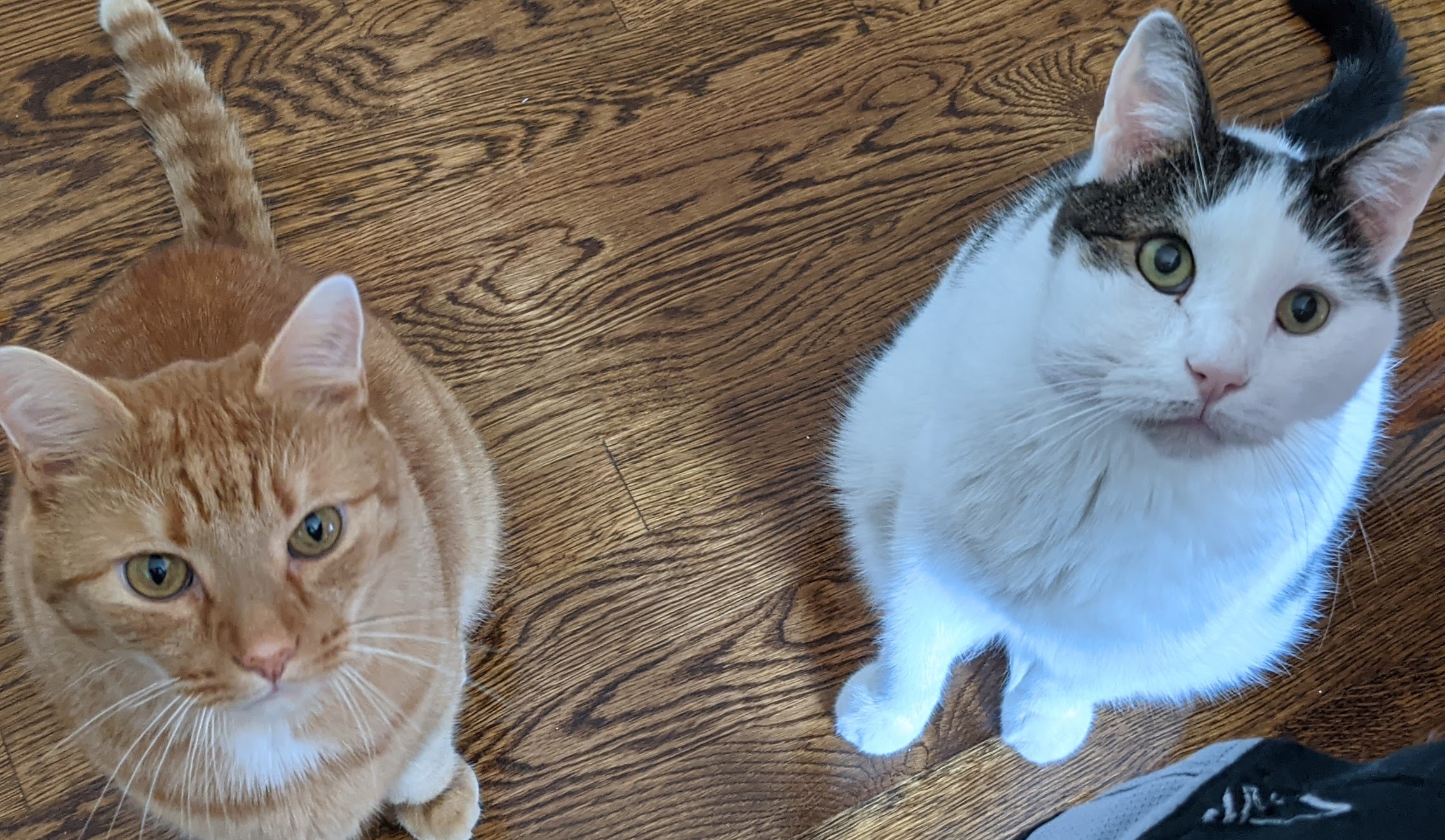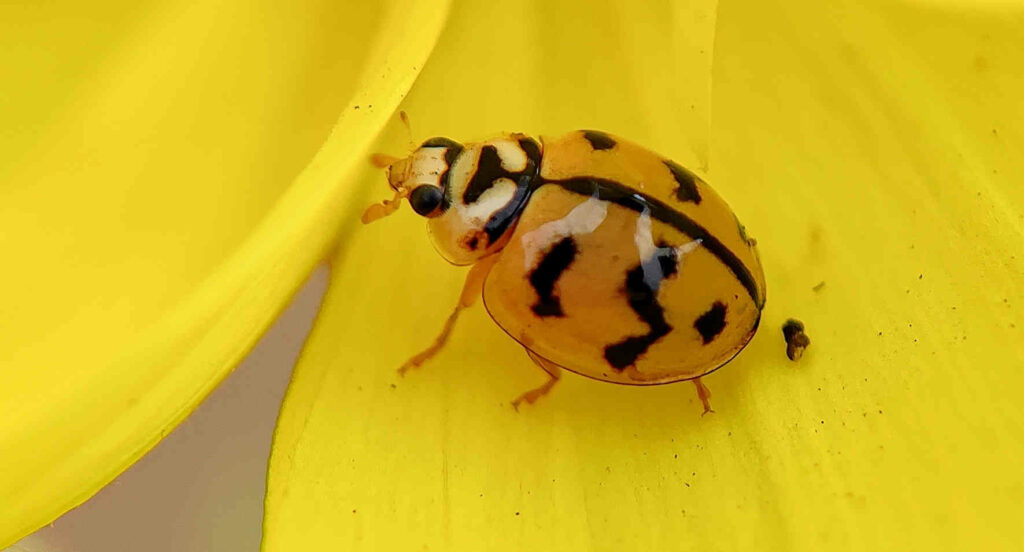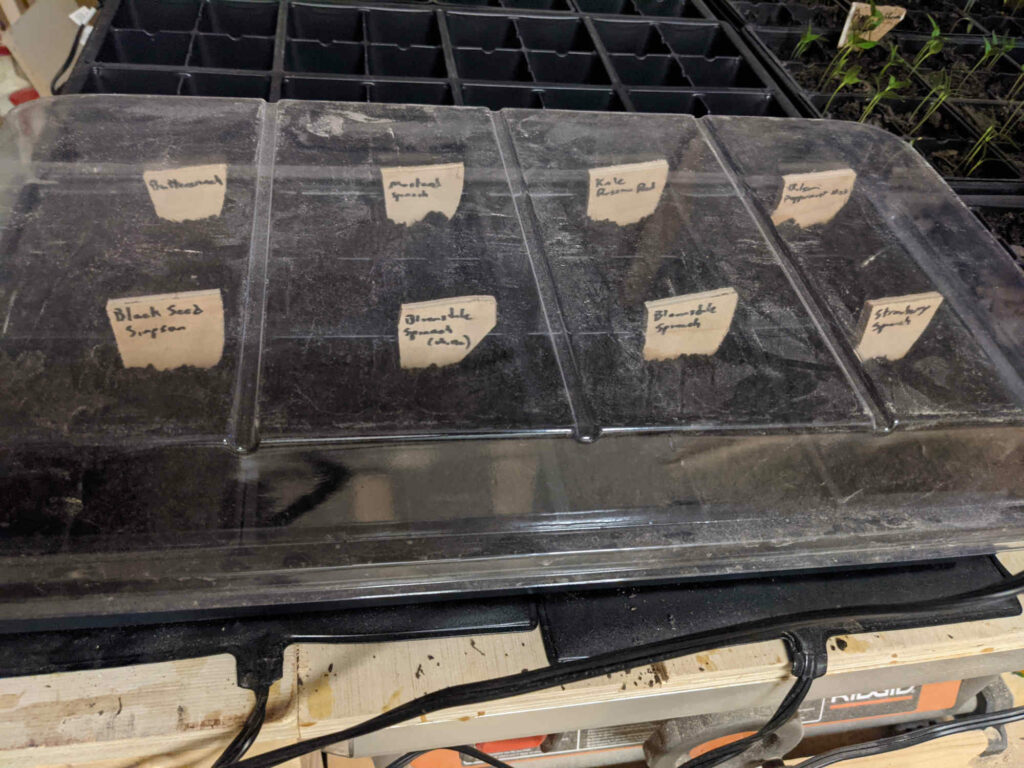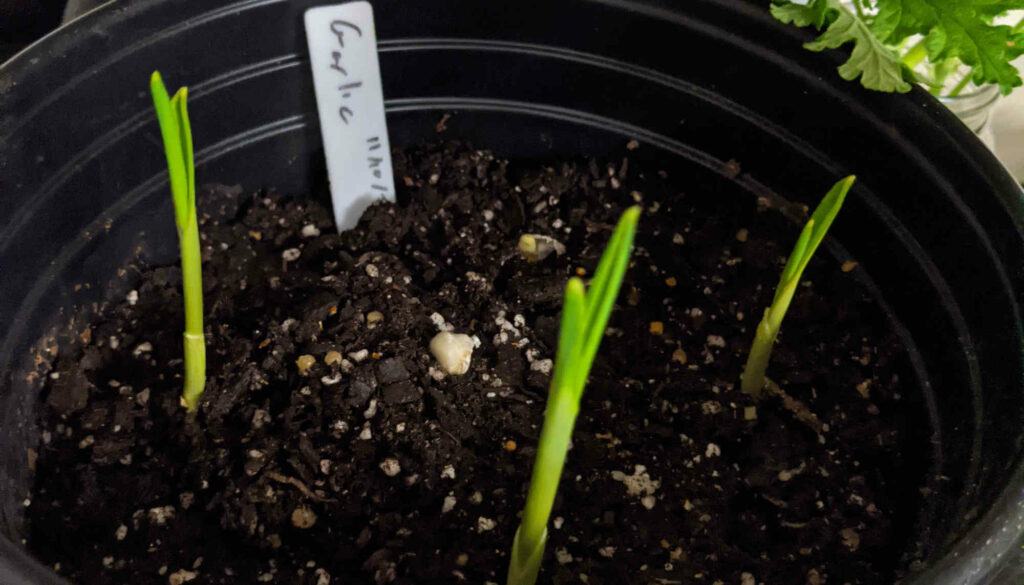Making a cat safe household is a unique challenge. It also largely depends on your cat.
I, for one, have a cat that is very lazy (Pickles) and another that will chew up everything if he’s not getting the right attention (Teddy). Cats have very strong personalities which can be why we love them, but always how they make our lives rough.
Plants in a Cat Safe Household
Be very careful when it comes to keeping plants indoors. Your local florist or veterinarian can help you figure out which plants are toxic for cats and which aren’t.
Tulips, lilies, lavender, azaleas, and daffodils are all poisonous to cats. There are many others as well.
Fabrics
Cats have claw and fur (most of them anyway). Their instinct is to scratch certain types of fabric. With training and/or adaptations to your house, you can get them to stop. However, it might be worth keeping in mind if you’re considering expensive fabric furniture.
Additionally, you should keep a lint roller handy. Inevitably, cat fur will get on your clothes. A quick brush of your clothes on your way out the door will keep you looking dapper.
Granted, if your cat ruins your couch, you might have an excuse to repurpose your old furniture.
Cords/Blinds
We all know how much cats love strings. The cords that control your blinds may quickly become your cat’s favorite play thing. An appropriately safe house for cats will have cordless blinds or curtains.
Even though they love string, string can be dangerous for cats if they swallow it (which they will). Getting rid of as many exposed cords or string as possible will help keep your kitty safe.
Some cats will also chew on electrical cords. You can help keep your cat safe by using good cord management techniques like tracks and other ways to hide the cords. The less they dangle, the less cats will want them.
Chemicals
Like babies, cats don’t know better when it comes to chemicals. However, cats are very suspicious of certain smells. Unfortunately, they don’t care about others.
One of my cats things polyurethane is an enticing smell. However, he hates the smell of mint. It’s a toss up with him.
The best thing you can do is keep all toxic chemicals away from your cats in cabinets or closets they can’t get in.
Keep in mind, height is no object to a cat. It can jump from the floor to the highest shelf with minimal clearance. Therefore, behind closed doors is best.
Liquids
It is a myth that cats hate water. Most cats don’t like being wet, but they sure don’t mind making your important documents soaking wet.
If given the opportunity, some cats will play around in standing liquids and push drinks off of counters. If this sounds like your cat, you should take preventative measures to protect your floors.
Dangerous Machines
Sharp tools, exposed fans, hot surfaces. These are all hazards to an ever-curious cat. Be sure to keep them away from the cats and never leave them unattended.
Secure Cabinet Doors
Smart and lucky cats can open cabinet doors. Especially if they’re highly motivated, you may come home to find your fuzzy feline frolicking in your pots and pans.
Heavier doors and baby-proofing latches can help prevent your kitties from entering where they’re not supposed to.
Covered Trash Bin
Cats tend to forget the rules when there’s something they want. To that end, i is not uncommon to have a cat jump in a trash can if they can smell something delicious.
Cat Safe Household
Creating a cat safe household is not that much different than baby-proofing your house. The biggest difference is that cats can jump 6 feet in the air. Your little crawler probably can’t do that.







Leave a Reply